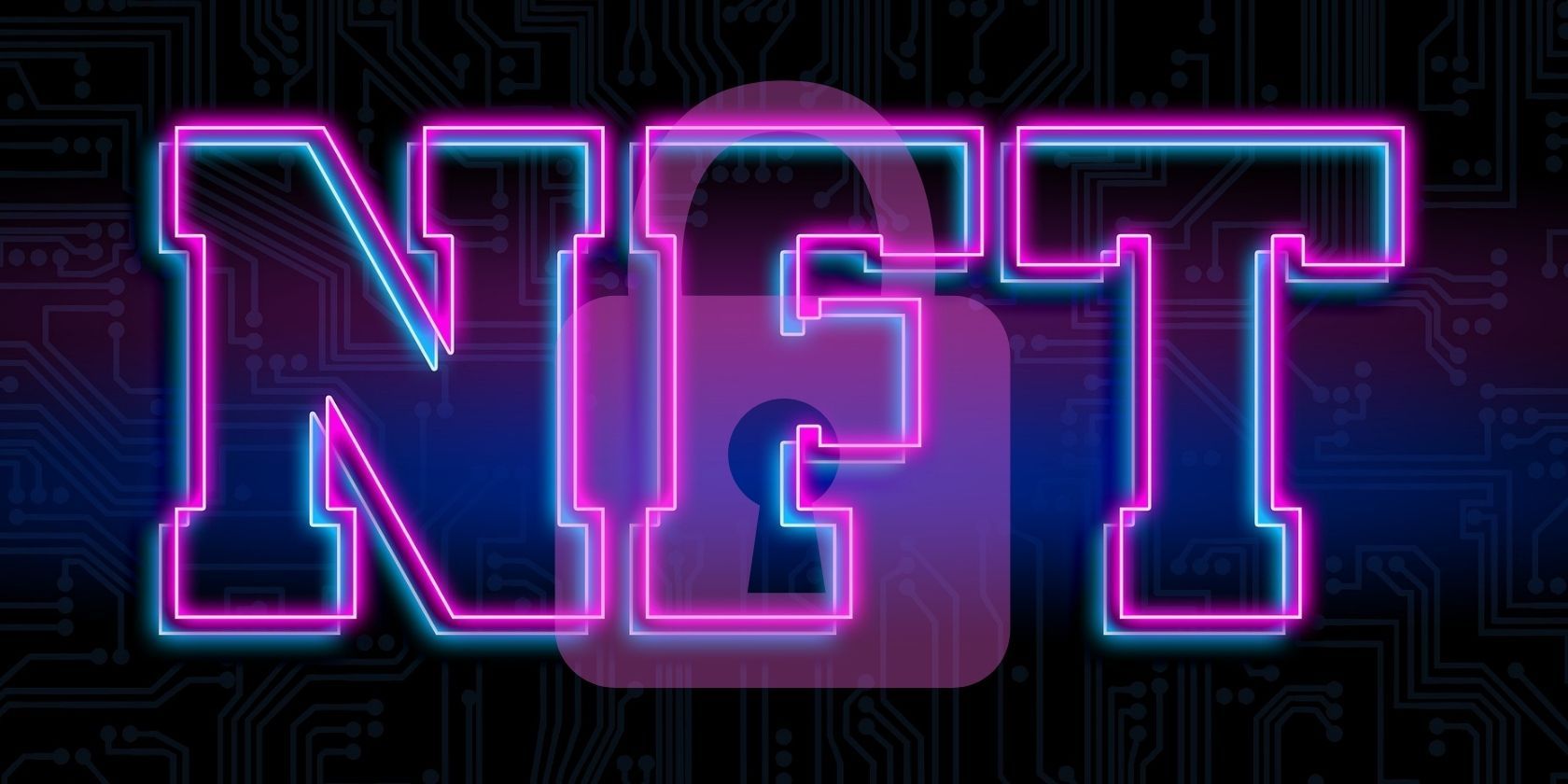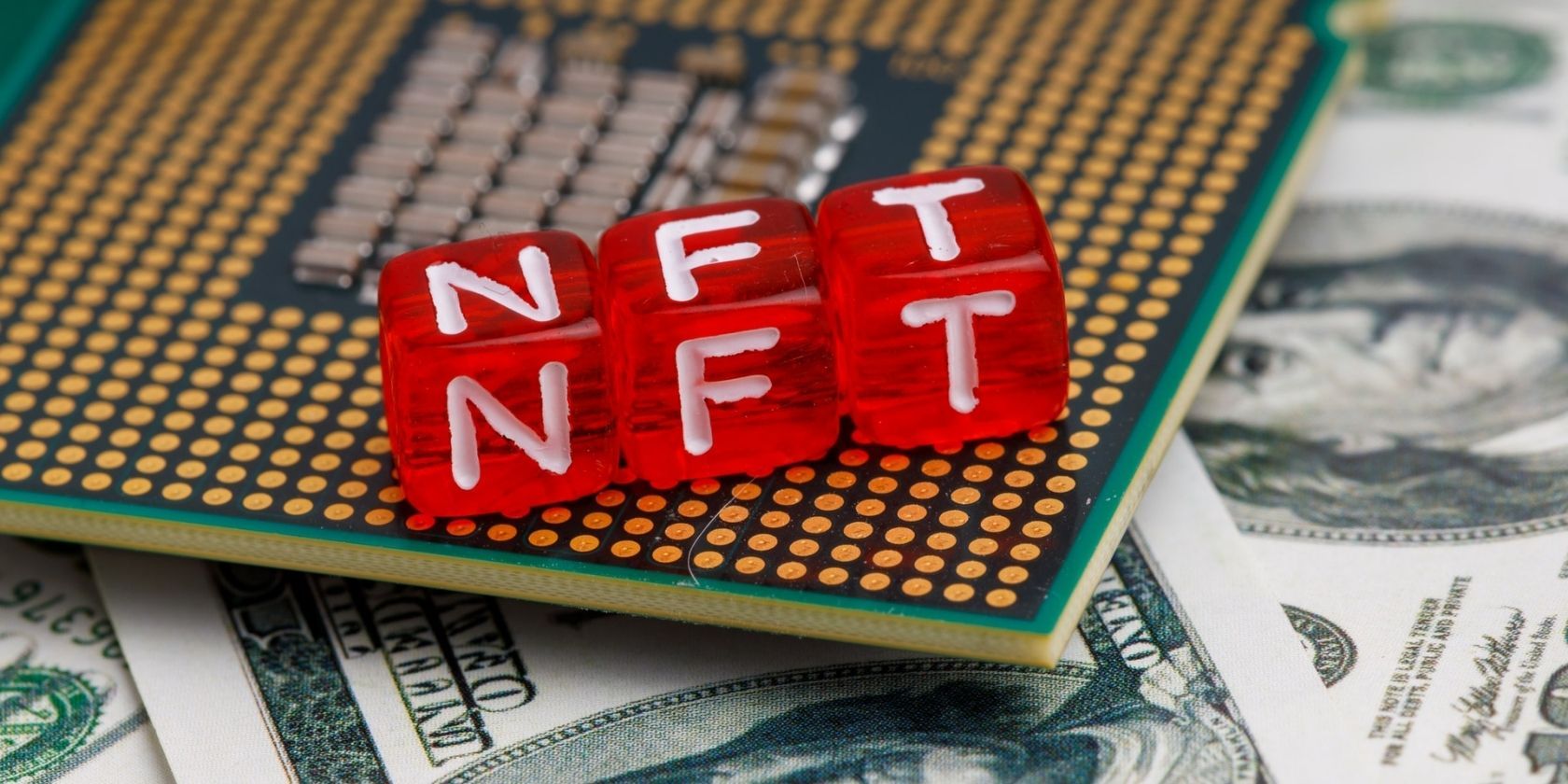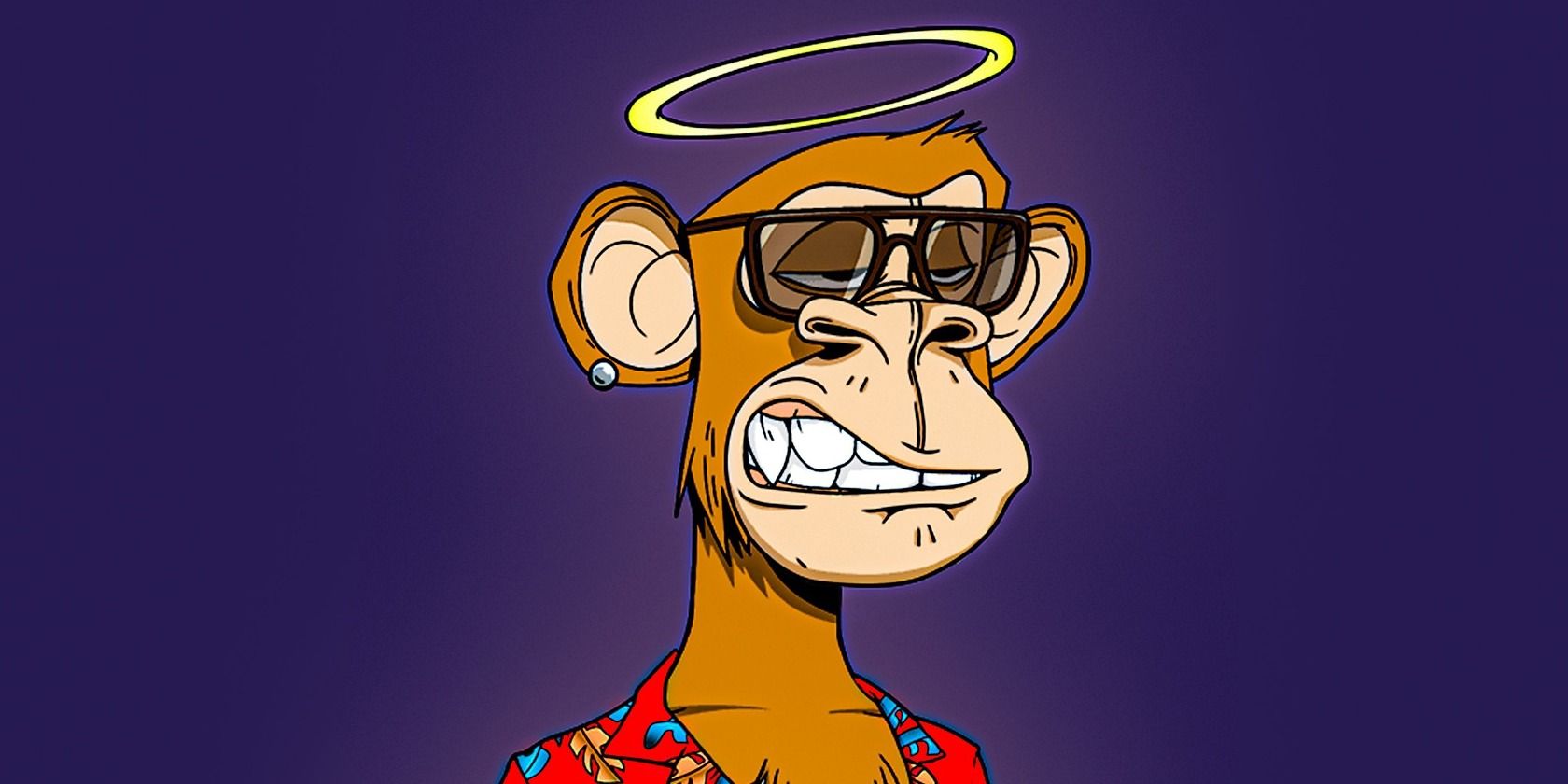Perhaps the biggest new exciting tech thing so far this decade is NFTs. While they're not "new" by any means, they experienced rapid growth throughout 2020 and 2021, eventually becoming a multi-billion dollar market. But interest in them dwindled throughout 2022, and it's time to look at the uglier side of them.
Some people hate NFTs. Many people are part of that crowd, and it's not just a "going against the current" thing; there are multiple reasons for it. But what's so bad about NFTs? What are the main arguments presented by NFT detractors?
1. They're Not Environmentally-Friendly
One of the main sources of criticism towards NFTs is their carbon footprint. It might look a little silly if you don't know the context, though.
NFTs, at their core, are tokens stored on a blockchain. And while that can be any blockchain that supports them, the vast majority are stored on the Ethereum blockchain.
There's nothing wrong with Ethereum itself. After all, there's a reason why its native cryptocurrency, Ether, is the second-biggest crypto in the market, second only to Bitcoin. But it's all great until you take into account its environmental impact.
Like Bitcoin, Ethereum relies on a proof-of-work consensus algorithm. The decentralized network relies on mining to process transactions. Through complex mathematical equations performed on computers and mining equipment, miners help the Ethereum blockchain reach a consensus on the blockchain status while receiving a reward for their efforts.
This helps the blockchain stay robust but at a tremendous energy cost. Ethereum consumes around 112 TWh/yr—it's often said that Bitcoin consumes more energy than the country of Argentina, and with that being the case, Ethereum's energy usage is comparable to that of the Netherlands. This contributes great damage to the environment, and NFTs are part of that problem as well.
To be fair to Ethereum, though, ETH 2.0 is coming with a change to proof-of-stake, which will reduce energy usage and its carbon footprint tremendously. But ETH 2.0 also keeps being pushed back, and it's now expected to come in 2023. NFTs also exist in other "carbon-neutral" blockchains, like Solana and Polygon. However, the vast majority still exist in the Ethereum blockchain, and until things get fixed from that side, the environmental issue will linger.
2. It's an Unregulated Market
Another issue with NFTs, owing to the fact that the same decentralized nature that drives cryptocurrency also drives NFTs, stems from how it's a highly unregulated market. And just like any unregulated market, it's a prime space for fraudulent actors to pull scams and do whatever they want.
In the NFT space, we've seen everything from rug pulls to pump and dump schemes to straight-up thefts and everything in between. There's no governing agency of any kind to stop scams from taking place, and there's no one who can step in to help you if you lose your hard-earned money—short of getting law enforcement and courts involved if it comes to that. Coming in as an NFT investor means that there are heaps of things to consider before investing in an NFT or risk losing thousands of dollars to a scammer.
It's also not a situation that can get better. The same rules that govern crypto also apply to the NFT world since they're both part of the same ecosystem. Bitcoin was famously the payment method on the extinct darkweb market Silk Road, and Bitcoin is still involved in a lot of scams—often without a way to get your money back.
3. It's a Highly Speculative Market
The third problem with NFTs is that it's a highly speculative market pumped by nothing other than hype. Some NFTs have reached asking prices of hundreds of thousands or even millions of dollars, which is crazy when you take into account that we're talking about a digital item that doesn't physically exist.
Take the Bored Ape NFTs, launched as part of Yuga Lab's Bored Ape Yacht Club project, as a prime example. It offers NFT owners access to a secret club and saw a big jump in popularity when high-profile celebrities like Eminem, Jimmy Fallon, and Justin Bieber started buying Bored Apes of their own. When that happened, speculation kicked in, getting this project in a bubble that saw these digital items going for hundreds of thousands of dollars.
What distinguishes a speculative market from a worthy investment is its capacity to hold or even appreciate its value. NFTs seem to be dropping in value as interest in them continues dwindling, with Bored Apes' floor price dropping below $100,000 in June 2022. Many saw these NFTs as a worthy investment, and while a handful hold on during the bear market, many are frustrated that their investment's value is not holding up and with good reason.
4. Intellectual Property Violations Run Rampant
This is an extension of the "it's an unregulated market" clause, but it's significant enough to mention separately. NFTs are normally touted as a golden solution for artists to properly manage the rights to something they made, and when used properly, they fulfill that purpose pretty well. What they fail to address, though, is what happens when art gets stolen and sold as an NFT.
People stealing art others made and making bank with it is nothing new, and while marketplaces like OpenSea give artists resources to uphold their intellectual property, people often complain they don't do enough. Which begs the question: what do you own if you buy an NFT?
5. Most NFT Projects Fail to Break Even
Finally, there's a harsher problem with NFTs, and it's that it's really hard to make it as an NFT creator. The price to mint an NFT on the Ethereum blockchain varies wildly. If a project attempts to mint their NFTs while the blockchain is congested, they'll have to pay heaps to bring their NFT into creation.
Then, if the NFT sells for any lower than the mint price, it's already in loss territory. This means that NFT creators must devote extensive resources and efforts to marketing and publicity to make their NFTs valuable. And it's very common to see NFT projects fail and be non-profitable, or at most, break-even, generating no money for the original maker.
This problem can be offset by minting NFTs in other carbon-neutral blockchains, like Polygon or Solana, or using an NFT marketplace that offers cheap or free NFT minting. But, the vast majority are hosted on Ethereum, and the high costs are due to the blockchain's high transactional costs—something due to be fixed with Ethereum 2.0.
NFTs are Problematic
If you like NFTs, there's nothing wrong with that. But we need to look at both sides of the coin before drawing conclusions. NFTs can be a solution to many problems, but it also introduces a lot of issues themselves.



